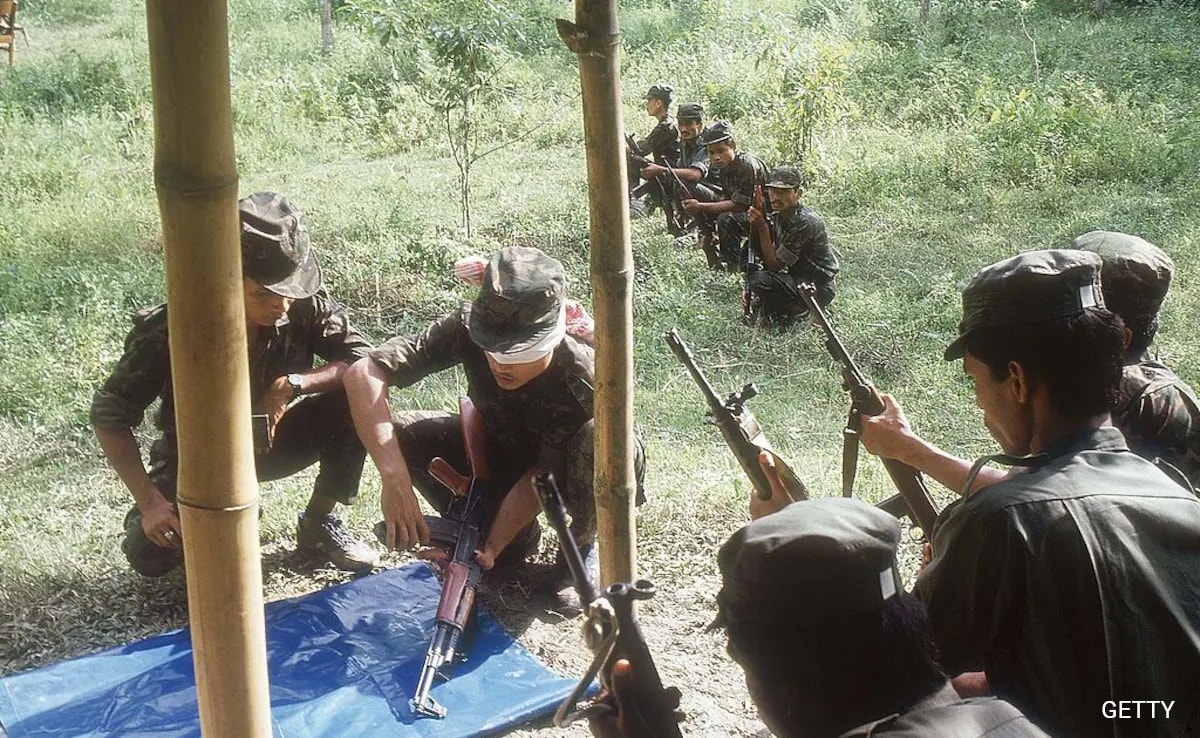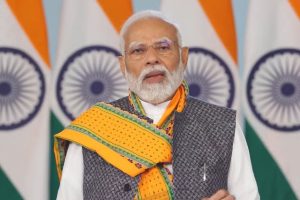2023-12-29 05:08:13

The insurgent group ULFA now has bases in Bangladesh, Bhutan, and Myanmar.
Guwahati:
The Centre is today set to sign a peace deal with the pro-talk faction of the United Liberation Front of Asom (ULFA), marking a significant breakthrough in the decades-old problem of insurgency in the northeast. Home Minister Amit Shah and Assam Chief Minister Himanta Biswa Sarma will be present during the signing ceremony, underscoring the gravity and importance the government attaches to this historic moment.
The negotiation, spanning over a decade, is a commendable achievement for the Narendra Modi-led central government. The pact, set to be signed today evening, involves the pro-talk faction led by Anup Chetia and Aravinda Rajkhowa, while the ULFA (Independent) faction, led by Paresh Barua, remains opposed to the talks.
Decades Of Armed Insurgency
The ULFA was formed on April 7, 1979, with the aim of “restorating Assam’s sovereignty”. The group has been responsible for several attacks in its four-decade existence.
The insurgent group now has bases in Bangladesh, Bhutan, and Myanmar. Some of its cadres even received training in China and Pakistan. ULFA was widely regarded as the most dreaded among all northeast rebel groups and, at one point, was considered highly potent in Southeast Asia, second only to the LTTE.
ULFA predates the Assam Agitation, gaining momentum in its aftermath. Throughout its existence, internal differences among the top leadership were evident.
The Rajkhowa-led ULFA faction in 2011 began negotiations with the government, despite strong opposition from the hardline wing led by Paresh Baruah. Baruah has expressed his decision to stay away from the peace deal being signed today and thereafter formed ULFA (Independent).
Government’s Recognition Of Core Issues
The peace deal signifies a shift in the government’s approach. In 2005, the Indian government for the first time agreed to discuss core issues raised by ULFA, including sovereignty. The accord is not only a resolution to insurgency but also a crucial step towards addressing long-standing concerns that have plagued Assam.
One of the main demands by the ULFA is the formal acknowledgment of six communities in Assam — Moran, Muttock, Tai-Ahom, Koch-Rajbongshi, Sootea, and Tea Tribes — as Scheduled Tribes (ST). Should these communities be granted tribal status, it would result in approximately 50 percent of Assam’s population attaining tribal classification, potentially transforming the state into a predominantly tribal-inhabited region.
What Does The Peace Deal Include
According to sources, the peace deal may encompass a financial package, new land reservation measures, rights for Assam’s indigenous communities and also a review of the citizenship list.
A financial package would not only address the economic concerns of the region, but also aide the rehabilitation of former ULFA members.
Another significant concern flagged in ULFA’s charter of demands was a review of the citizenship list to address the issue of illegal immigrants.
The deal would also have provisions for political, economic, and cultural safeguards for the indigenous communities in Assam, sources said.
Noted journalist and author Rajeev Bhattacharyya, who has extensively covered ULFA, believes that the accord is a step in the right direction. He says while the BJP may gain political mileage, the real challenge lies in the effective and timely implementation of the agreement.
ULFA peace deal,Assam,ULFA
Source link
![]()



